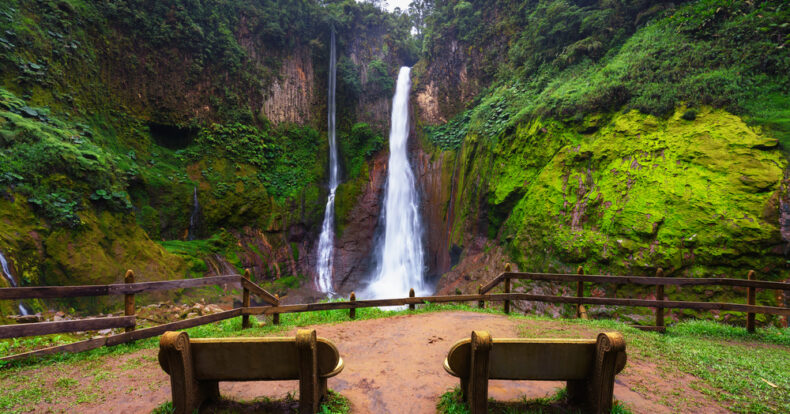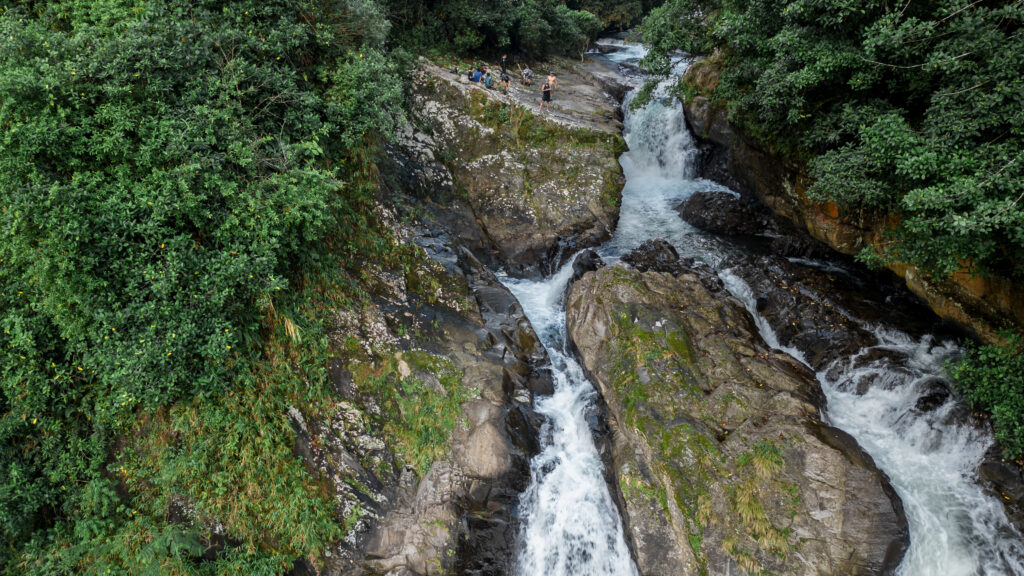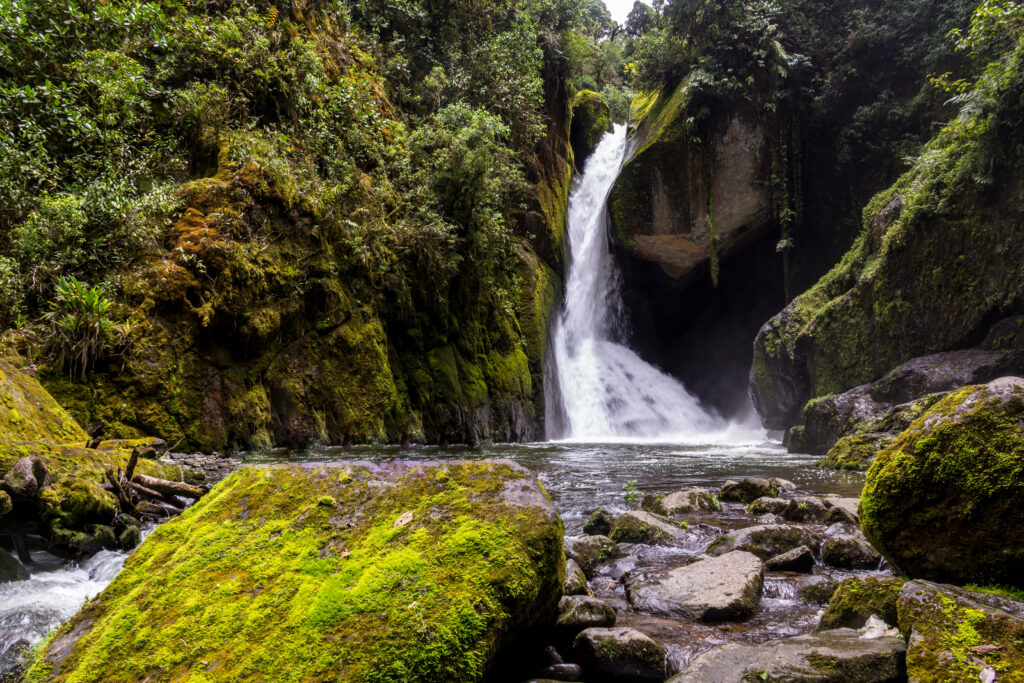National Parks: Costa Rica’s natural and historical heritage

In 1970, the Costa Rican people made a visionary decision: to protect the natural and cultural wealth of their territory so that all future generations could enjoy it. That same year, the Costa Rica National Park System was born, a pioneering initiative that is now admired around the world.
Thanks to this policy, Costa Rica maintains one of the highest proportions of protected territory globally: 10.27% of its land area is national parks, and an additional 17% is designated as reserves, wildlife refuges, and other protected areas. This conservation network not only protects forests and beaches, but also historical and archaeological sites, such as pre-Columbian settlements and ancient battlefields, preserved with the same dedication as the tropical rainforests.
The importance of this effort is enormous, as Costa Rica is home to nearly 75% of all biodiversity in Central America, making it a unique destination for scientists, conservationists, and nature lovers.
The National System of Conservation Areas (SINAC)
In 1998, the National System of Conservation Areas (SINAC) was established, which currently protects nearly 200 areas distributed throughout the country. These include:
- More than 50 wildlife refuges.
- 32 large national parks.
- A dozen forest reserves.
- Several biological reserves and marine areas.
Access to many of these areas is affordable and easy, allowing both Costa Ricans and international visitors to enjoy an exemplary conservation network.



A tour of the most emblematic parks
Costa Rica has 26 official national parks, administered by SINAC under the Ministry of Environment and Energy (MINAE). Together, they make up more than 25% of the national territory protected. Among the most notable are:
- Corcovado National Park (Osa Peninsula): considered a treasure, it is home to the largest lowland rainforest in the world and unique biodiversity.
- Manuel Antonio National Park: recognized by Forbes in 2011 as one of the most beautiful parks on the planet, it combines beaches with tropical forest.
- La Amistad International Park (Talamanca Mountain Range): shared with Panama, this park is a testament to the region’s commitment to conservation.
- Coco Island National Park: declared a World Heritage Site by UNESCO in 1997, it is known as the “Galapagos of Central America” and is one of the top diving destinations, home to manta rays, hammerhead sharks, whale sharks, and dolphins.
- Iconic volcanoes such as Arenal, Poás, Irazú, Turrialba, and Rincón de la Vieja offer unique landscapes and ecosystems.
- Monteverde and Santa Elena, cloud forests where the mythical quetzal lives.
- Tortuguero, famous for sea turtle nesting.
- Cahuita, Gandoca-Manzanillo, and Bahía Ballena, which combine local culture, marine biodiversity, and beaches.
A model for conservation and ecotourism
Costa Rica is internationally recognized for its proactive conservation model, environmental management, and commitment to sustainable ecotourism. Its parks encompass a wide variety of ecosystems, including tropical rainforests, dry forests, mangroves, wetlands, marine reserves, and cloud forests.
Apart from preserving nature, this system provides valuable scientific and educational benefits, as it allows habitats to be studied and a better understanding of the importance of protecting them.
Although only 10% of Costa Rica’s territory is designated as national park, these areas are home to 70% of the country’s biodiversity and 1,700 species of birds. The parks are also home to 100% of the country’s protected wildlife and 80% of its cultural heritage.
Sensorial Sunsets
Navigate articles





